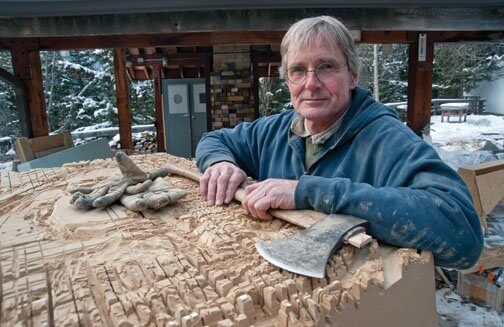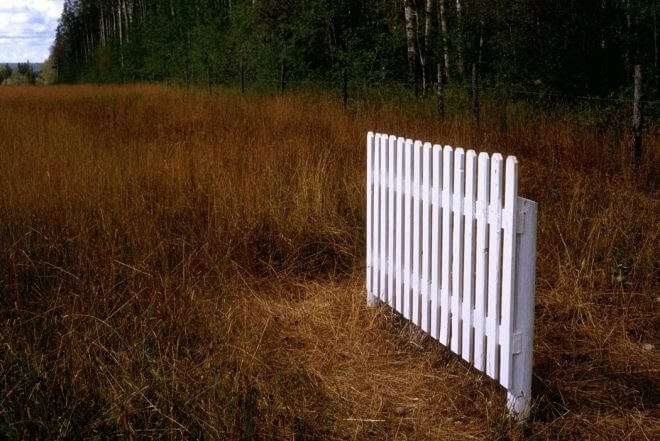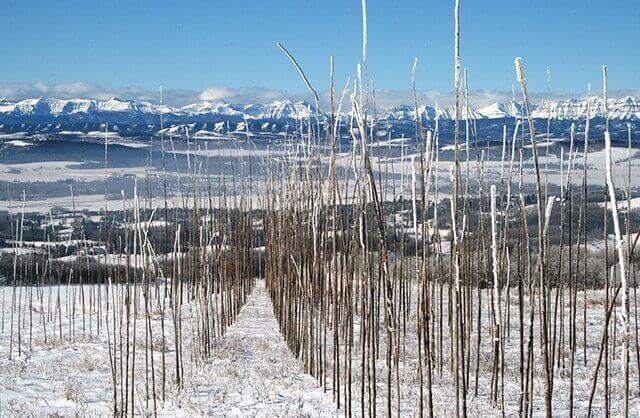- The Meaning of Critical Thinking: A Key Skill for Navigating Today’s Information Landscape - November 3, 2025
- Grandparents Can Develop Activist Grandchildren - September 29, 2025
- Top Six Reasons Credit Union Benefits Are a Smart Choice Over Banks - August 18, 2025
Last Updated on January 19, 2025
In Canada, Peter Von Tiesenhausen prevented a natural gas pipeline from being laid through his property, using legal intervention. But not the kind you imagine; he used a copyright to protect his land. He avoided a land grab.
Pipeline Protests
When it comes to transporting oil and natural gas from one location to another, pipelines must cross somebody’s land. That means a land grab.
In 2016, the Dakota Access Pipeline was in the news. It was first scheduled to go through the Bismarck, North Dakota area but was deemed to be a danger to residents’ drinking water. Instead, the company rerouted the pipeline to an area that endangered the drinking water of the Standing Rock Sioux tribe, sending the pipeline upstream of their land. Under the Missouri River, their primary source of water.
In addition to pipeline protest, the Standing Rock Sioux Tribe used legal action as one of their activism tools. They sued the Army Corps of Engineers under several Acts that require review when the government wants to land grab but that land has historical or cultural significance. The pipeline ran through a tribal burial ground.
Despite protestor standoffs and much news coverage, the company was able to complete the pipeline in 2017. The tribe sued to remove the pipeline permits because of the danger to their drinking water. You can read the latest on the lawsuits at the Earth Justice website.
[Read more environmental activism posts.]
Artist Blocks a Land Grab with a Copyright

Canadian artist Peter von Tiesenhausen copyrighted his land as a piece of art to prevent a natural gas pipeline from running across his land. It worked.
When I first heard this story, his unique choice of activism intrigued me. How creative to use this as a tactic! As I read more about Peter von Tiesenhausen, I found the story even more interesting. He has produced numerous outdoor art installations in Canada. But the piece that protected the land in 1996 is an eight-foot white picket fence called Lifeline that he adds a segment to each year. The deterioration of the fence highlights the fragility of human presence on Earth.

Tiesenhausen comes by his love of the land in part through his family history. His Estonian ancestors lost their land during World War II, so they emigrated to Alberta, Canada.
“…the idea of being displaced people was always in my consciousness.” Despite understanding in a primal way how tenuous—even “ludicrous”—land ownership actually is, he nonetheless felt a strong urge to lay claim to the Alberta soil he’d grown up on, buying his first acres from his father when he was just 19. Or, to be precise, what he actually purchased, according to Canadian law, was the top six inches of the soil, to the depth of a plow.” – Peter von Tiesenhausen
Pipeline Dangers
Tiesenhausen thinks copyrighting your land is absurd. But it has protected his property for several decades and will continue to do so for 50 years after his death.
A gas plant near his house sprung a leak that lasted for ten years, despite his complaints. He is sure that his family’s health problems stem from their exposure to chemicals spewed from the plant.
Across Canada, residents have been exposed to pipeline issues such as ruptures and blowouts that pollute the air and water.
Money Didn’t Talk
When Tiesenhausen fought back against the pipeline, the company changed tactics. Instead of intimidation, they offered him vast amounts of money to allow access to his land. Tired of being pestered by representatives, he said he would talk at a cost of $500 per hour. Also, the answer would be no.
Von Tiesenhausen turned them down. Having a big pile of money on the table—and making the decision to walk away—was, he says, “one of the biggest blessings I’ve ever had in my life: I know where I stand and what I truly believe in. I’ve been tested.” Forecast
Peter von Tiesenhausen found his passion and used his artistry and creativity for his cause. Resources for finding your passion and matching that to your strengths are available in The Happy Activist.
The companion book, The 5-Step Activism Path Workbook, has worksheets, exercises, and reflections to help you get clear about your passion.
The image at the top of the post is Peter von Tiesenhauser transporting giant, charred wooden figures called The Watchers across Canada.
View artwork by Peter von Tiesenhausen on his website.
READ NEXT
Browse more activist profiles.
Browse more examples of artistic activism.
Environmental Injustice is Something Awful in Your Backyard





What a brilliant idea, and a brilliant man! If we all found creative ways to beat these guys we might be able to finally protect our land and our health. Thank you for the story. 🙂
At first I thought it was a stunt, but when I dug further I learned that he had done a number of outdoor installations. Apparently, his fame from the copyright idea jump started his art career. Thanks for stopping by!
This is a brilliant solution.
Yes. This happened in the 90s in Canada. I’m not sure of the copyright law in the US.
I loved reading this. My son will also be interested and I will share it with him.
Peter von Tiesenhausen is an intriguing person. Thanks for stopping by and for sharing my post.
Pingback: How to Use Artistic Activism to Change the World
Pingback: Environmental injustice is something awful in your backyard • Life At the Intersection
Pingback: At the Intersection of Puzzles and Activism • Life At the Intersection
Pingback: Get Inspired By Amazing Activists
What a genius way to go about protecting your land.
Thank you for sharing your various links with us at #274 SSPS Linky. Hope to see you again next week.
He is quite innovative, isn’t he? Thanks for stopping by!